how to grill a ribeye steak on a gas grill
Grilling a delicious ribeye steak on your gas grill is a true art that can transform your backyard…
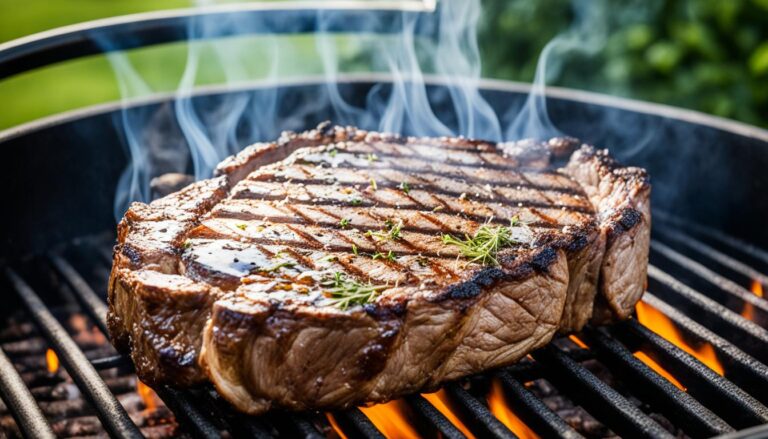
Grilling a delicious ribeye steak on your gas grill is a true art that can transform your backyard…
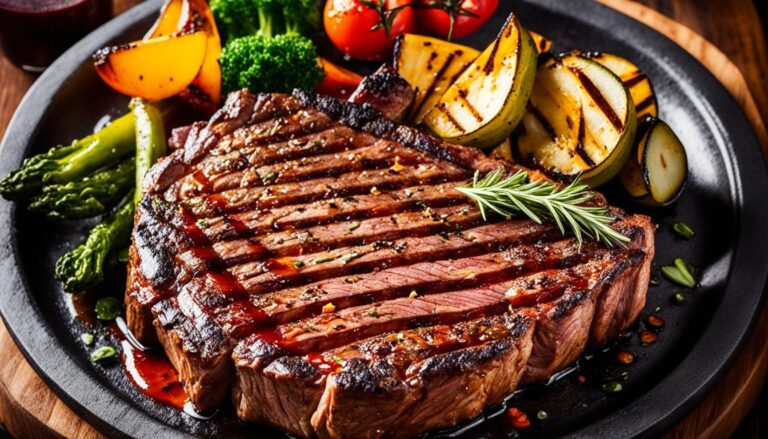
Are you ready to take your grilling skills to the next level? It’s time to master the art…
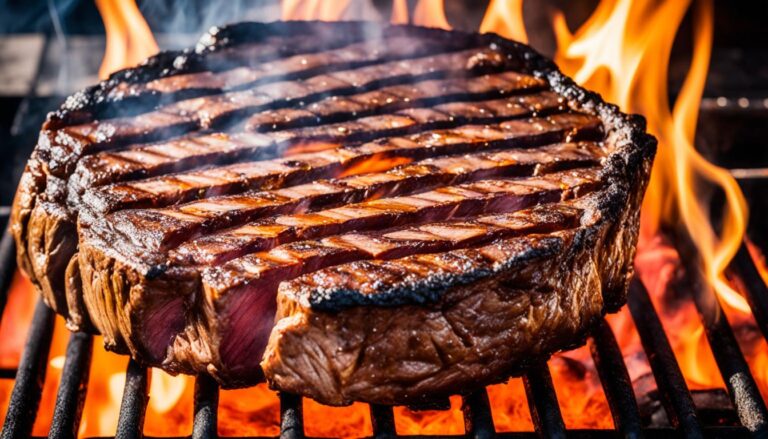
Grilling a perfectly cooked ribeye steak on a charcoal grill is a true art — one that can…
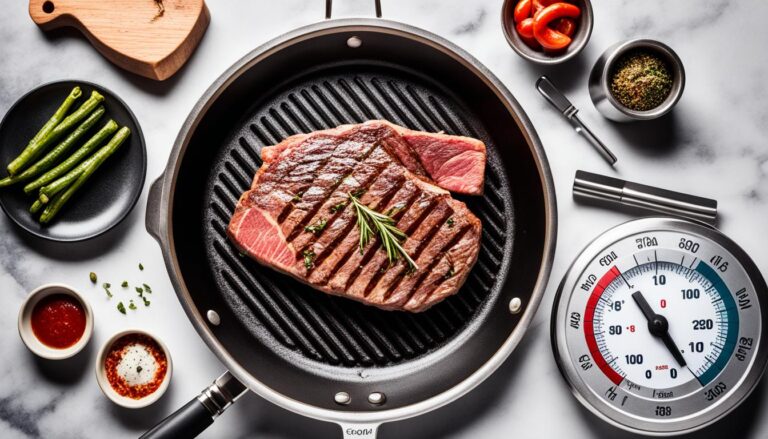
To true food lovers, the sound of a steak hitting a hot pan or grill is pure music…
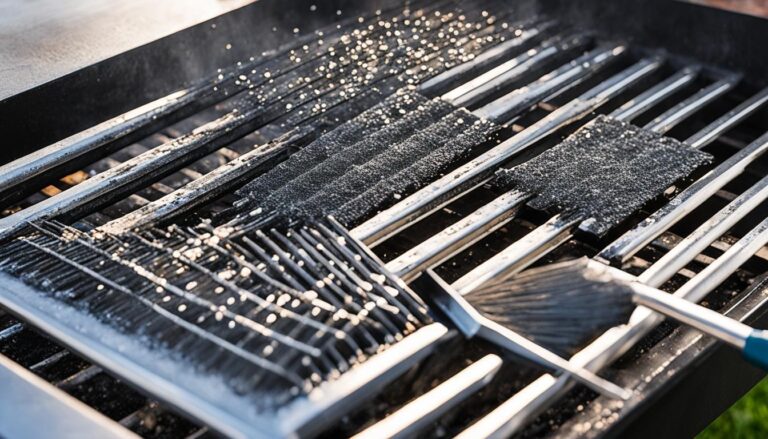
Imagine it’s a perfect summer evening, the sun is setting, and the irresistible smell of grilled food fills…